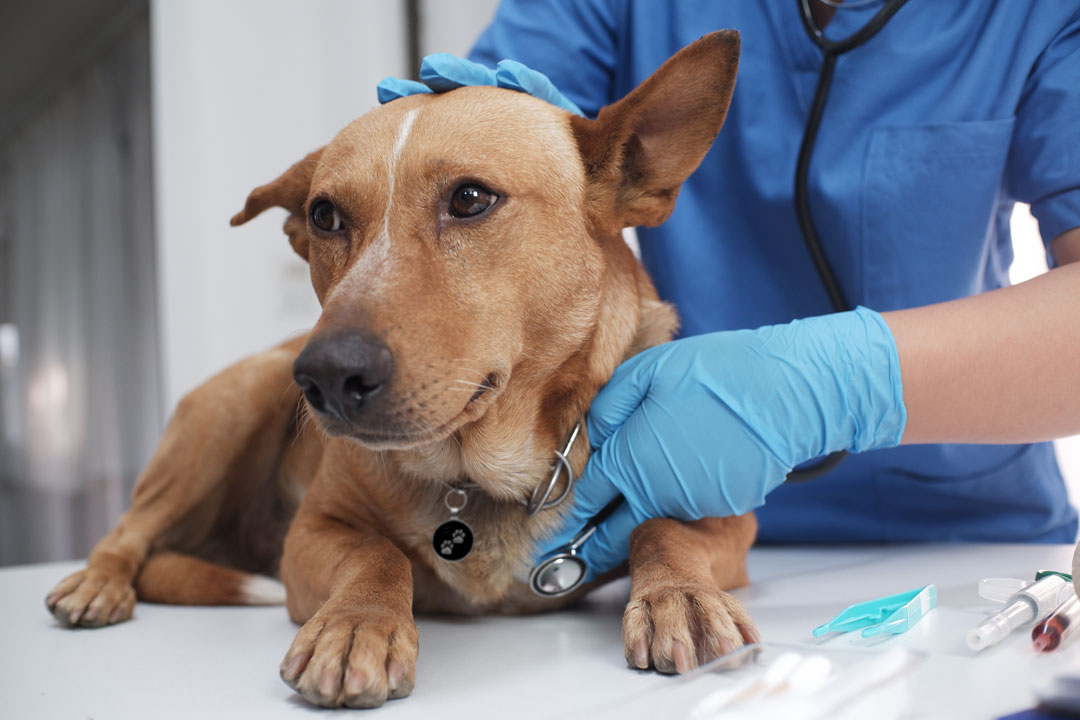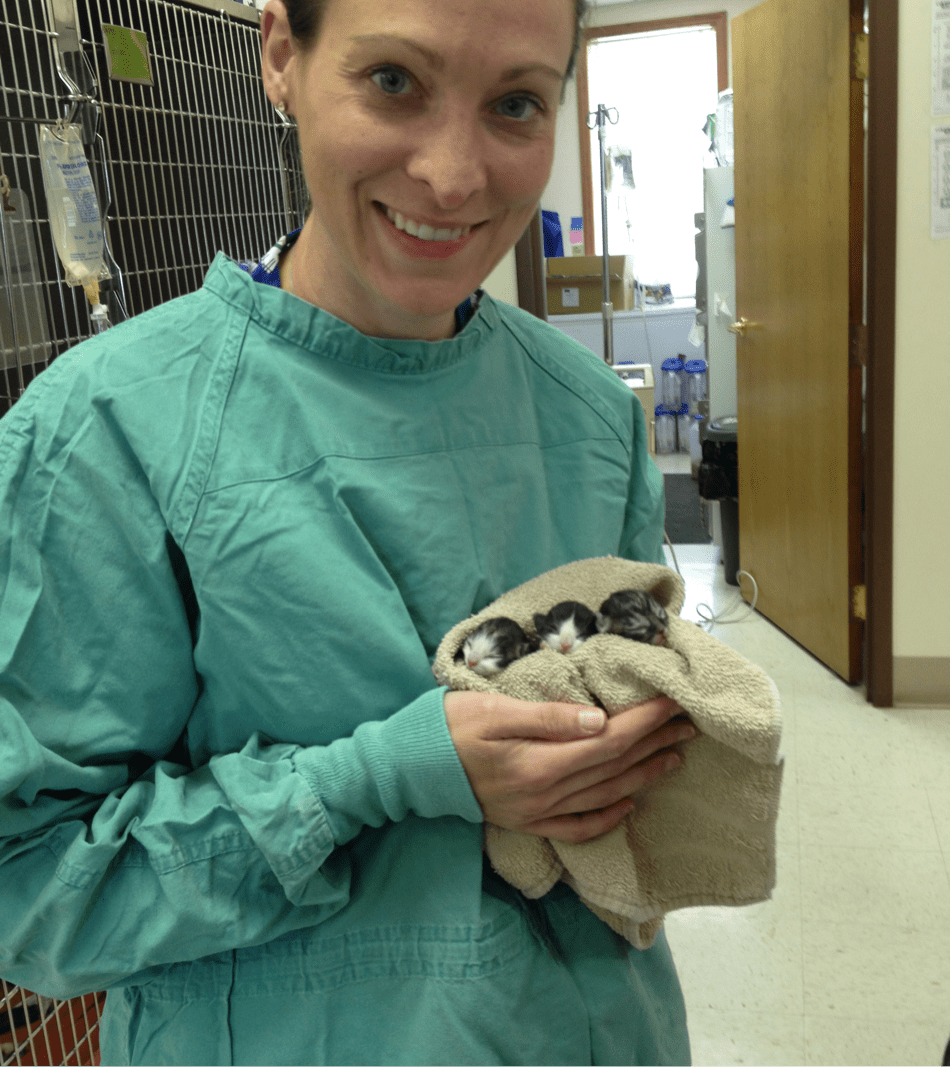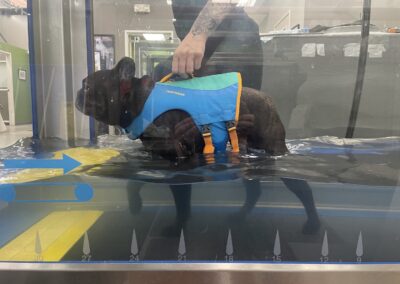
As pet owners, we deeply cherish the bond we share with our dogs, making it crucial to understand the health challenges they may face. One such significant health concern is neoplasia, which refers to the abnormal growth of cells that can lead to tumors. Among the various types of neoplasms affecting dogs, hemangiosarcoma is a particularly aggressive and life-threatening form, often arising in the spleen.
What is Hemangiosarcoma?
Hemangiosarcoma is a malignant tumor originating from the endothelial cells that line blood vessels. In dogs, it most commonly affects the spleen, liver, and heart. Due to its vascular nature, hemangiosarcoma is prone to rupture, leading to severe internal bleeding, which can be life-threatening. This type of cancer is particularly insidious because it often grows and spreads rapidly, with few clinical signs until the disease is advanced.
While hemangiosarcoma can develop in any dog, certain breeds are genetically predisposed to this type of cancer. Breeds with higher rates of hemangiosarcoma include: German Shepherds, Golden Retrievers, Labrador Retrievers, Boxers, Portuguese Water Dogs.
These breeds are at an elevated risk, and owners should be particularly vigilant in monitoring their health as they age.
The Symptoms of Hemangiosarcoma
The symptoms of splenic hemangiosarcoma can be subtle and often do not manifest until the tumor has progressed significantly. Common clinical signs include:
- Lethargy: Dogs may appear more tired than usual and less interested in activities.
- Weakness or Collapse: Sudden episodes of weakness or fainting can occur, especially if there is internal bleeding.
- Pale Gums: This is a sign of anemia, often due to internal blood loss.
- Abdominal Swelling: An enlarged abdomen may indicate the presence of a tumor or internal bleeding.
- Loss of Appetite: Dogs may lose interest in food as the disease progresses.
- Labored Breathing: Difficulty breathing can occur if the tumor spreads to the lungs or if there is significant internal bleeding.
Early diagnosis of splenic hemangiosarcoma is challenging due to the lack of specific symptoms in the initial stages. A veterinarian may suspect the condition based on clinical signs and may use diagnostic tools such as ultrasound, X-rays, and blood tests to confirm the presence of a tumor.
Treatment for Hemangiosarcoma
Surgery
The primary treatment for splenic hemangiosarcoma is splenectomy, which is the surgical removal of the spleen. Surgery is necessary to control internal bleeding and remove the tumor. However, it is important to note that surgery alone is not curative. The average survival time for dogs undergoing surgery without additional treatment is approximately 2-3 months.
Chemotherapy
Chemotherapy is often recommended following surgery to target any remaining cancer cells and slow the progression of the disease. Dogs treated with a combination of surgery and chemotherapy tend to have a longer survival time, with an average of 5-7 months. In some cases, dogs may survive for a year or more, though this is less common.
The Role of the Veterinary Surgeon and Oncologist
The successful management of hemangiosarcoma requires a collaborative approach involving both a veterinary surgeon and a veterinary oncologist. The veterinary surgeon plays a critical role in surgically removing the tumor, which is a crucial step in stabilizing the dog and extending its life. The veterinary oncologist is responsible for developing and overseeing a chemotherapy treatment plan, which is designed to target cancer cells and prolong the dog’s life while maintaining its quality of life.
Understanding Prognosis and Quality of Life
The prognosis for dogs diagnosed with splenic hemangiosarcoma is generally guarded due to the aggressive nature of the disease. Without treatment, the survival time is typically very short, often measured in weeks. While surgery and chemotherapy can extend survival, it is important for pet owners to have realistic expectations and to consider the quality of life when making treatment decisions.
Veterinary professionals are committed to providing the best care possible, and they will work closely with pet owners to ensure that their dog’s comfort and well-being are prioritized throughout the treatment process.
Conclusion
Splenic hemangiosarcoma is a devastating diagnosis for any dog owner, particularly for those with breeds predisposed to this aggressive cancer. Understanding the clinical signs, treatment options, and the roles of veterinary professionals can help pet owners make informed decisions about their dog’s care. While the prognosis may be challenging, early intervention and a comprehensive treatment plan involving both surgery and chemotherapy can offer precious additional time with a beloved pet.
By staying informed and working closely with a veterinary team, pet owners can provide their dogs with the best possible care, ensuring that their remaining time is filled with love and comfort.


 Barks & Recreation is proud to feature Dr. Eileen Savier CVA, CVCH as our Veterinary Blogger in our “From the Vet” Series — offering information related to the health and welfare of your furry family members! Currently part of the team of doctors at Keystone Veterinary Clinic, Dr. Savier is a 2012 Graduate of the Ross University School of Veterinary Medicine, She completed her clinical experience at The Ohio State University and after veterinary school she pursued further education and certification in Veterinary Acupuncture, Chinese Herbal Medicine, and Fear Free veterinary visits. Dr. Savier has a special interest in integrative medicine, animal behavior, and internal medicine and is committed to improving animal health care by integrating Eastern and Western philosophies. She enjoys working with fearful & aggressive dogs and cats and she has had additional training in low stress handling techniques and encourages positive reinforcement during exams and procedures. Her clinical interests include pain management, animal behavior, geriatric patient care, and internal medicine.
Barks & Recreation is proud to feature Dr. Eileen Savier CVA, CVCH as our Veterinary Blogger in our “From the Vet” Series — offering information related to the health and welfare of your furry family members! Currently part of the team of doctors at Keystone Veterinary Clinic, Dr. Savier is a 2012 Graduate of the Ross University School of Veterinary Medicine, She completed her clinical experience at The Ohio State University and after veterinary school she pursued further education and certification in Veterinary Acupuncture, Chinese Herbal Medicine, and Fear Free veterinary visits. Dr. Savier has a special interest in integrative medicine, animal behavior, and internal medicine and is committed to improving animal health care by integrating Eastern and Western philosophies. She enjoys working with fearful & aggressive dogs and cats and she has had additional training in low stress handling techniques and encourages positive reinforcement during exams and procedures. Her clinical interests include pain management, animal behavior, geriatric patient care, and internal medicine. Dr. Savier shares her home with two (soon to be three) dogs, two cats, and a toddler. She lovingly refers to her two dogs as Coconut Retrievers as they were rescue dogs she brought home from the island of St. Kitts. In her free time she enjoys spending time with her family, going to the beach, and planning her next Disney vacation.
Dr. Savier shares her home with two (soon to be three) dogs, two cats, and a toddler. She lovingly refers to her two dogs as Coconut Retrievers as they were rescue dogs she brought home from the island of St. Kitts. In her free time she enjoys spending time with her family, going to the beach, and planning her next Disney vacation.





